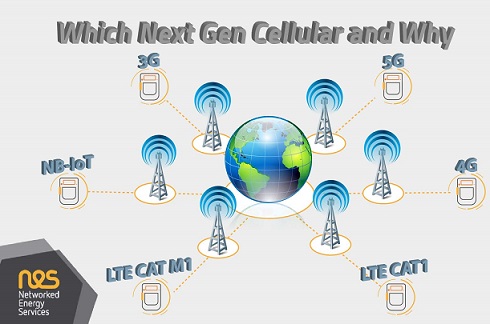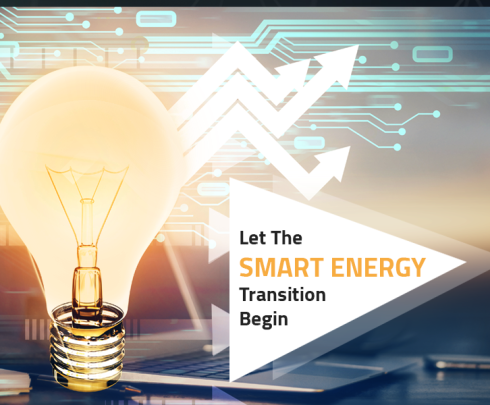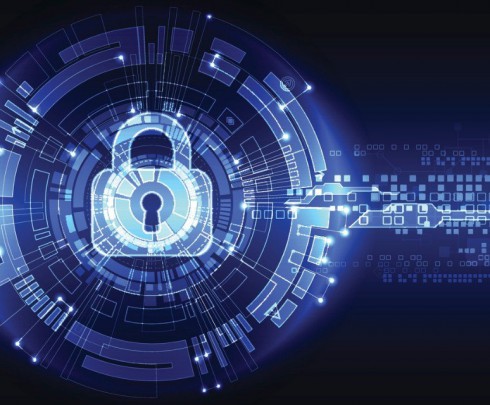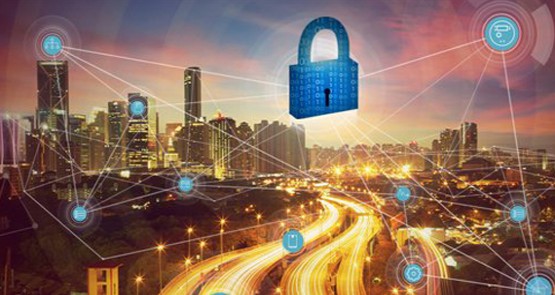
Which Next Gen Cellular and Why
Jan 21, 2022Smart meters have the potential to improve sustainability of our energy distribution grids by reducing losses in energy distribution and reducing new network build out. Whilst this stands on its own “green” credentials, this also benefits the energy distribution companies by reducing op-ex and cap-ex costs.
Smart meters do this by exposing information about end-point energy consumption and generation and the “quality” of energy which is received from the distributor. When this information is exposed to the latest grid optimization tools, it shows distributors how to reconfigure their grids to reduce losses to heat and vibration and better use available capacity.
A foundational point is how to get to the information exposed by millions of devices in the field to the point where it can be analyzed. The numbers soon add up, millions of meters, exposing a few MB of data per day – before they know it, distributors are into TB of data. Whilst processing that data is a challenge, a more fundamental point is getting it in the first place.
Smart meters have been equipped for cellular communications for years:
- 2.5G (GPRS and EDGE) and 3G networks made data uploads from smart meters practical for the relatively undemanding applications of their day
- 4G is now standard and provides high-bandwidth paths for personal computing, communication and entertainment – but its application to the Internet of Things (IoT, or the concept of lots of remote devices, communicating constantly, but with relatively small data volumes) was not so well addressed
- 5G offers even greater bandwidth and includes mechanisms for information exchange
- To address the specifics of IoT, three parallel approaches exist for the purposes of connecting millions of devices for relatively low-rate (or Narrow) broadband services: NB-IoT, LTE Cat 1 and LTE Cat M1. These are often grouped within the 5G family of services.
So, the important question now is “which technology is most suitable for smart metering”? Some helpful criteria are:
- How much data needs to be sent overall as an average
- What is the peak data rate needed to be supported
- How much latency can be accepted (i.e. how long applications are prepared to for an answer to a request)
- How much power can be devoted to communications equipment (e.g. will the device have to run on battery for days, months or years or is there a mains supply available)
- Coverage/penetration (i.e. how much concrete will the signal get through and thus how suitable is the technology for internal and under-ground deployment)
- End-point density (i.e. the number of sessions that need to be hosted in the cell; very much higher for urban deployments)
- What use-case needs to be executed (e.g. using the connection for firmware uploads is very different to using the connection for just retrieval of data)
- How long are the services likely to be available; if they are legacy today, they run the risk of being replaced
- What services are offered locally.
Because one size does not fit all, and smart meters are just one use of cellular data services, this set of criteria helps us position various applications against the range of options we have to show how smart meters compare:
First of all, we look at the legacy technologies, 2.5G and 3G. Whilst still in place in most countries, these are being phased out. With smart meter deployments looking at 10 to 15 years field deployment time, the potential of these technologies being discontinued would seem to disqualify them immediately. Aside from that, bandwidth (around 100kbps for 3G and less for 2.5G), latency (around 100 msec) and signal penetration for these technologies make them impractical for meeting the increasing data demand for smart grid and smart metering deployments.
Then, let’s look at 4G. The technology is optimized for mobile media streaming – exposing wide broadband download services (18-36 Mbps typically) to highly mobile devices (smart phones in cars and trains) with applications highly dependent on low latency (around 50 msec) and high throughput (voice, video and other real-time applications). The ability of 4G to scale “down” to millions of devices, each one “calling in” to exchange (largely up-load) only several 100Kbytes of data every 5 to 15 minutes as a “bursty transaction” is the challenge. Whilst 4G enabled smart meters are being deployed, they can be seen as using a sleigh-hammer to crack a nut and are not really an efficient use of technology (or budget), especially in dense urban installations where a cell can quickly become overwhelmed by volume of connections.
This leaves us with the 5G LTE Cat 1, LTE Cat M1 and NB IoT. These have the advantage over 4G of having been designed specifically for IoT applications.
In some countries, the last point effectively makes the decision – some countries have prioritized one technology over another. Fortunately, NB-IoT and LTE can work for the smart meter application, so, this is OK.
But, where a country’s infrastructure offers a choice, it is worth considering some comparison points because NB-IoT and LTE do have differences which will affect the efficiency of smart metering use-cases.
With smart metering communications, the key points are:
- Getting to the high volume of information available; regulation is now driving for 15 minute comprehensive load profile data, and some applications are suggesting 5 minute and even 1 minute gathering of information
- Allowing connections to highly dense urban environments, with 10s of meters per 100 square meters in some cases
- Remote control of devices, for the purposes of demand control and response
- Remote configuration and update of FW and SW
- Having the option of deploying in basements and within multiple surrounding walls
- Reasonably low latency so that polling of millions of devices can be performed without having to wait between request/response.
Looking at the demands of smart meter communications, it is apparent that both LTE Cat M1 and NB-IoT are credible solutions, and many smart meter vendors offer support for both.
However, in countries where both are supported, the case for LTE Cat M1 appears stronger, driven by the higher data rate, lower latency and better support for high density. Where a distributor is looking at the long-term capabilities of the smart meter to achieve long-term energy sustainability, the first option should be LTE Cat M1.
NES smart meters provide support for LTE Cat M1 and utilize technology components which make them easily adaptable to NB-IoT should that be the preference or constraint.











